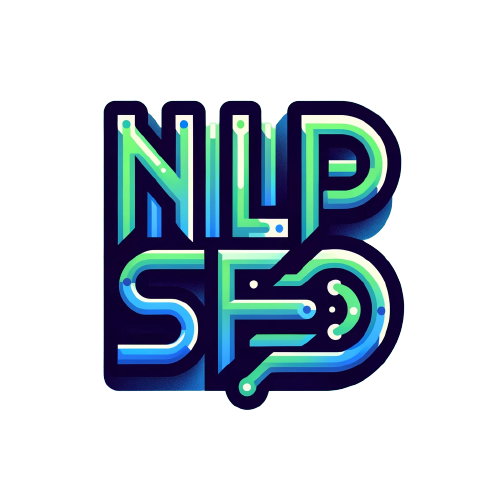Optimizing Robots Meta Tag | Enhance SEO & Website Visibility
In the ever-evolving world of SEO, one element that often goes unnoticed yet plays a pivotal role in how search engines interact with your website is the Robots Meta Tag. Understanding and optimizing the robots meta tag can significantly enhance your site’s visibility and performance. Today, we’ll dive deep into what this tag is, how it works, and how you can use it to your advantage.
What is a Robots Meta Tag?
The robots meta tag is a snippet of HTML code that provides search engine crawlers with instructions on how to index and follow the content on your web pages. It helps you control what parts of your website are crawled and indexed by search engines like Google. For instance, you might want to prevent certain pages from appearing in search results or avoid wasting crawl budget on irrelevant sections of your site.
How Does the Robots Meta Tag Work?
The robots meta tag is placed within the <head> section of your HTML document. It uses attributes like index, noindex, follow, and nofollow to convey specific instructions to search engines. Here’s a quick breakdown:
- Index: Tells search engines to include the page in their index.
- Noindex: Tells search engines to exclude the page from their index.
- Follow: Instructs search engines to follow the links on the page.
- Nofollow: Instructs search engines not to follow the links on the page.
By combining these attributes, you can precisely control how search engines interact with your website content.
Examples of Robots Meta Tag Usage
To give you a better understanding, here are some common examples of how you might use the robots meta tag:
- Index, Follow:
<meta name="robots" content="index, follow">- This is the default setting. It tells search engines to index the page and follow the links on it.
- Noindex, Follow:
<meta name="robots" content="noindex, follow">- This setting prevents the page from being indexed but allows the links on it to be followed.
- Noindex, Nofollow:
<meta name="robots" content="noindex, nofollow">- This setting prevents the page from being indexed and stops search engines from following any links on it.
- Index, Nofollow:
<meta name="robots" content="index, nofollow">- This setting allows the page to be indexed but prevents search engines from following the links on it.
Why is Optimizing Robots Meta Tag Important?
Optimizing robots meta tag is crucial because it directly influences how search engines crawl and index your website. Proper use of this tag can help:
- Improve Crawl Efficiency: By instructing search engines to avoid certain pages, you ensure they focus on crawling and indexing the most important parts of your website.
- Control Duplicate Content: Use the
noindexattribute to prevent duplicate content from being indexed, which can improve your SEO performance. - Protect Sensitive Information: Prevent pages with sensitive or private information from being indexed by search engines.
To maximize the benefits of optimizing robots meta tag, it’s essential to understand how to implement it effectively. By strategically placing these tags, you can significantly enhance your website’s SEO performance. For example, use the noindex attribute on pages like thank you pages, admin pages, and other non-essential content to ensure search engines focus on more valuable pages. Additionally, combining the noindex, follow attributes can help you manage link equity by directing search engines to follow important links without indexing the page itself. Implementing these practices ensures that your site remains lean, efficient, and highly visible in search engine results.
Practical Tips for Optimizing Robots Meta Tag
- Audit Your Website: Regularly review your site to identify pages that should be excluded from search engine indexing. This might include internal search result pages, outdated content, or private sections.
- Use Robots.txt in Conjunction: While the robots meta tag controls indexing on a per-page basis, the
robots.txtfile can provide broader instructions to search engines. Use both tools strategically to optimize your site’s crawl efficiency. - Monitor Your Changes: After implementing changes, use tools like Google Search Console to monitor how search engines are interacting with your site. Look for any unexpected indexing issues or crawl errors.
- Stay Updated: SEO best practices evolve, and so do the ways search engines interpret robots meta tags. Stay informed about the latest updates from search engine guidelines to ensure your site remains optimized.
Common Misconceptions About Robots Meta Tag
- Noindex Means No Visibility: Some believe that using the
noindexattribute will completely hide a page from search engines. However, the page can still be crawled, and its content may appear in search results if linked from other indexed pages. - Robots.txt is Sufficient: Relying solely on the
robots.txtfile without using the robots meta tag can lead to inefficiencies. The robots meta tag provides more granular control over individual pages, enhancing your SEO strategy. - All Pages Need Indexing: Not every page on your site needs to be indexed. Over-indexing can dilute your SEO efforts. Focus on quality over quantity by strategically using the robots meta tag.
Conclusion
Optimizing robots meta tag is a powerful yet often overlooked aspect of SEO. By understanding how to use it effectively, you can significantly improve your website’s visibility, crawl efficiency, and overall performance. Implementing best practices, staying informed about SEO updates, and regularly auditing your site are key steps to mastering the use of the robots meta tag.
In conclusion, if you want to elevate your website’s SEO game, start by optimizing your robots meta tags today. Your site’s search engine performance will thank you for it. Whether you’re looking to enhance crawl efficiency, manage link equity, or protect sensitive information, the robots meta tag is an indispensable tool in your SEO toolkit.
Remember, at Local Blitz, we’re here to help you navigate the complexities of SEO and ensure your website reaches its full potential. If you have any questions or need further assistance, don’t hesitate to reach out to us. Happy optimizing!







